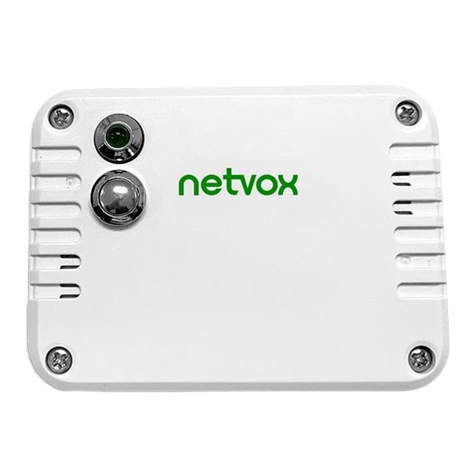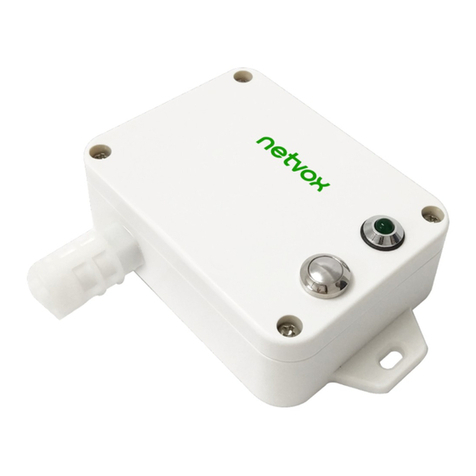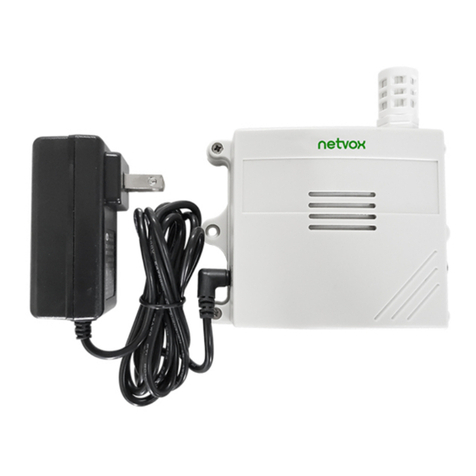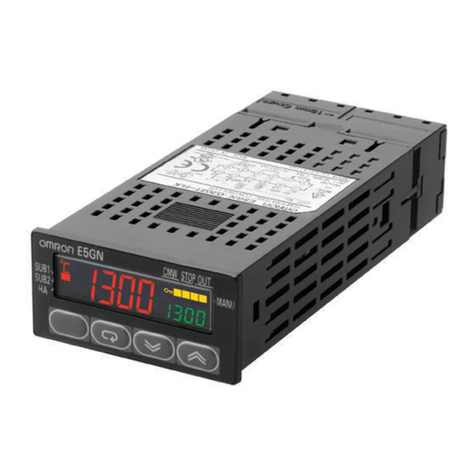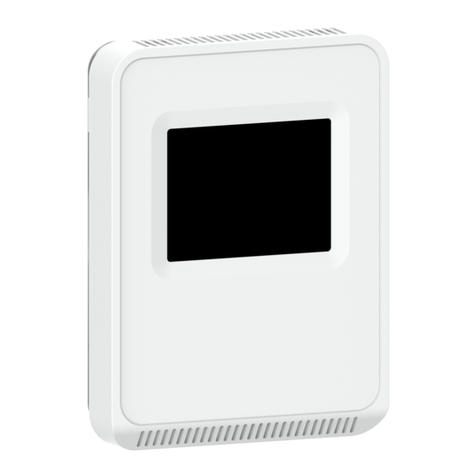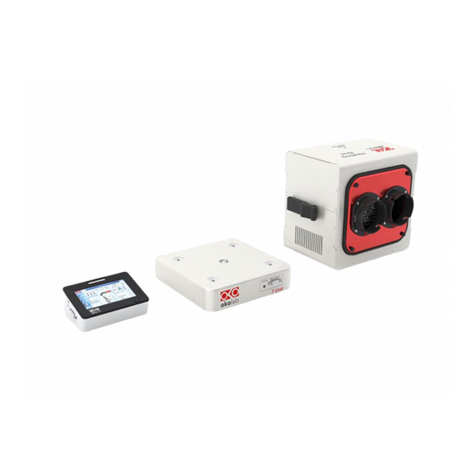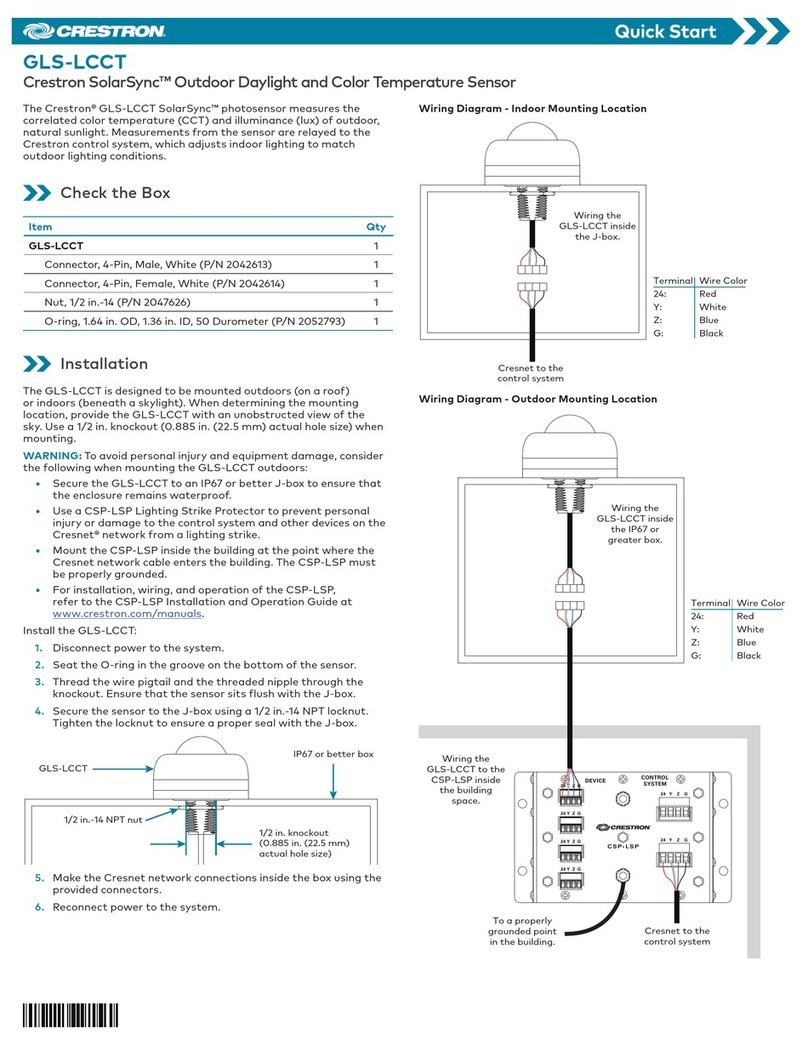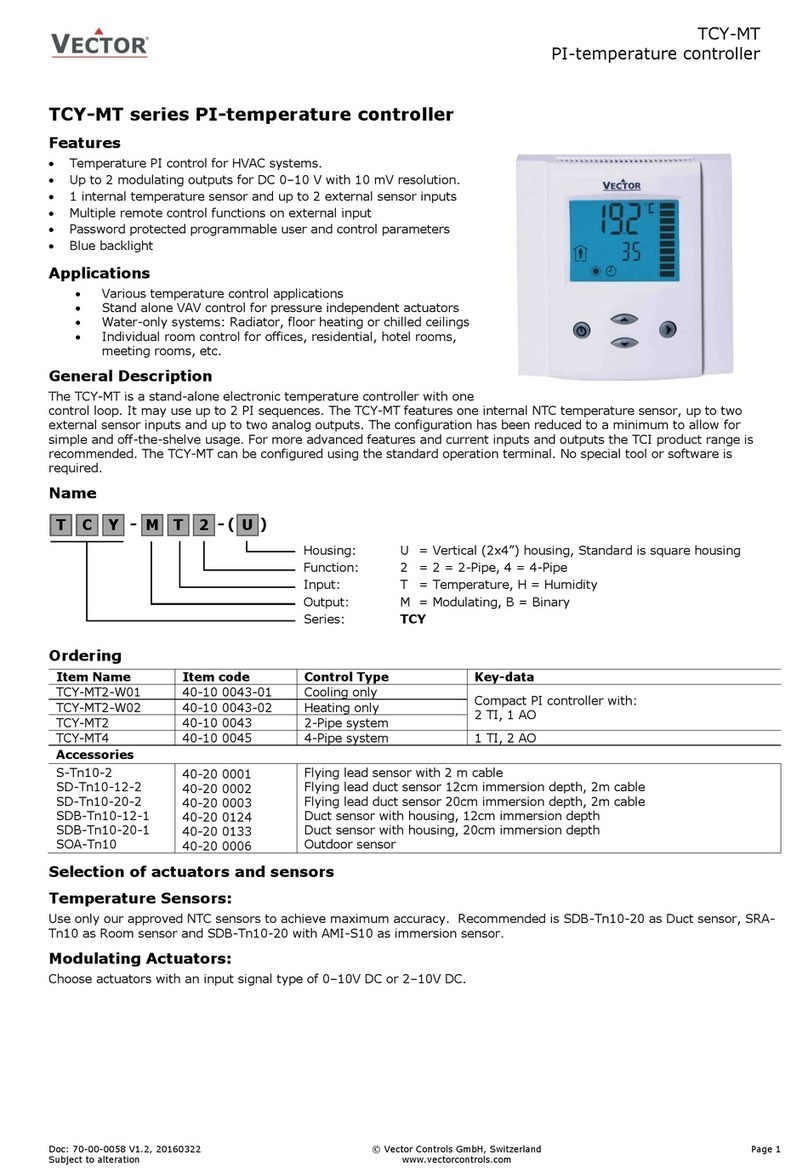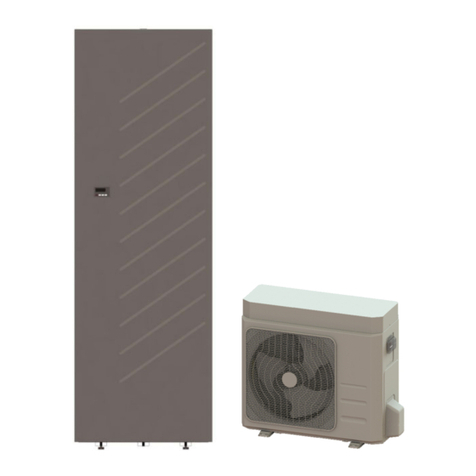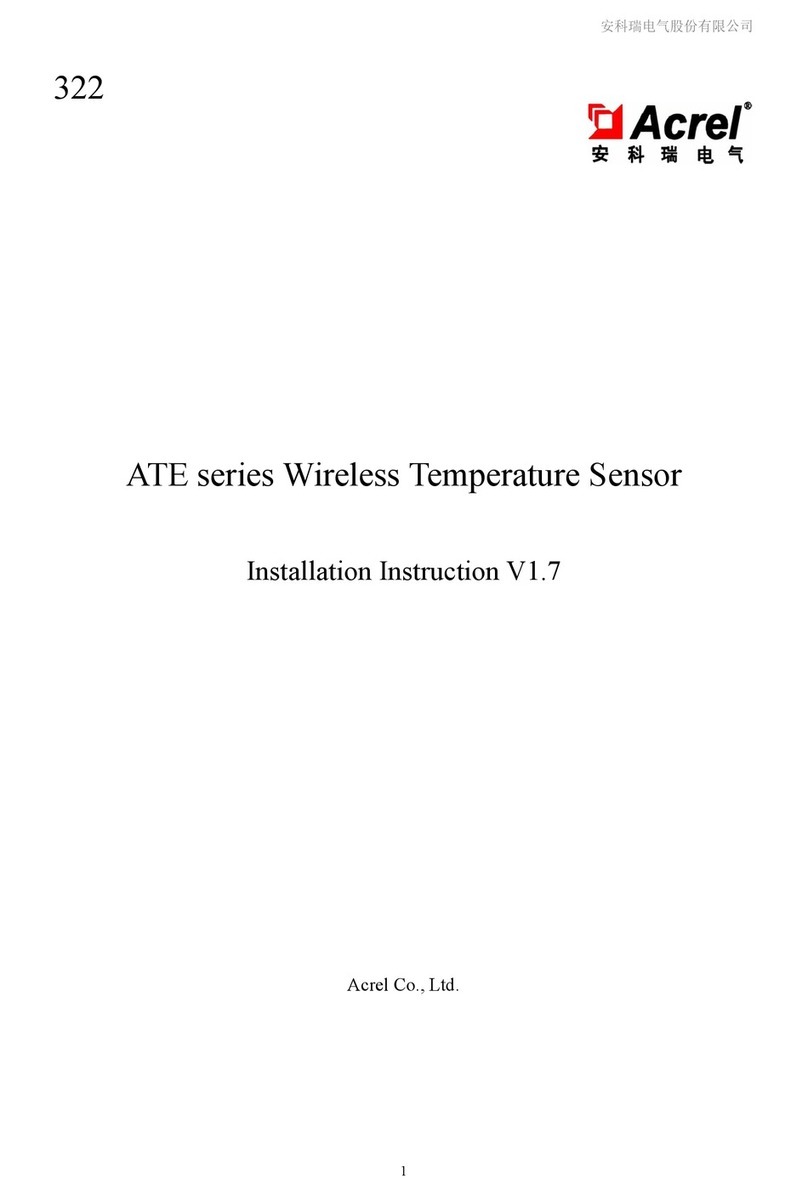netvox R718AD User manual

Model:R718AD
Wireless Temperature Sensor
Wireless Temperature Sensor
R718AD
User Manual
Copyright© Netvox Technology Co., Ltd.
This document contains proprietary technical information which is the property of NETVOX Technology. It shall
be maintained in strict confidence and shall not be disclosed to other parties, in whole or in part, without written
permission of NETVOX Technology. The specifications are subject to change without prior notice.

1
Table of Content
1. Introduction.............................................................................................................................................................2
2. Appearance..............................................................................................................................................................3
3. Main Features..........................................................................................................................................................3
4. Set up Instruction ....................................................................................................................................................4
5. Data Report .............................................................................................................................................................5
6. Installation...............................................................................................................................................................8
7. Important Maintenance Instruction.........................................................................................................................8

2
1. Introduction
R718AD, mainly used to detect the temperature. It collects data over LoRa network and sends it to devices to be shown, fully
compatible with LoRa protocol.
LoRa Wireless Technology:
LoRa is a wireless communication technology famous for its long-distance transmission and low power consumption. Compared
with other communication methods, LoRa spread spectrum modulation technique greatly extend the communication distance. It
can be widely used in any use case that requires long-distance and low-data wireless communications. For example, automatic
meter reading, building automation equipment, wireless security systems, industrial monitoring. It has features like small size,
low power consumption, long transmission distance, strong anti-interference ability and so on.
LoRaWAN:
LoRaWAN uses LoRa technology to define end-to-end standard specifications to ensure interoperability between devices and
gateways from different manufacturers.

3
2. Appearance
3. Main Features
Compatible with LoRaWAN
2 ER14505 lithium batteries (3.6V / section) parallel power supply
Temperature of gas / solid / liquid detection
Simple operation and setting
Protection class IP65
Compatible with LoRaWANTM Class A
Frequency hopping spread spectrum
Configuration parameters can be configured via a third-party software platform, data can be read and alerts can be set via
SMS text and email (optional)
Applicable to third-party platforms: Actility/ThingPark, TTN, MyDevices/Cayenne
Low power consumption and long battery life
Note:
Battery life is determined by the sensor reporting frequency and other variables, please refer to
http://www.netvox.com.tw/electric/electric_calc.html
On this website, users can find battery life of various models in different configurations.
Indicator
Function Key

4
4. Set up Instruction
On/Off
Power on
Insert batteries. (users may need a screwdriver to open)
Turn on
Press and hold the function key for 3 seconds till the green indicator flashes once.
Turn off (Restore to factory setting)
Press and hold the function key for 5 seconds till green indicator flashes for 20 times.
Power off
Remove Batteries.
Note:
1. Remove and insert the battery; the device is at off state by default.
2. On/off interval is suggested to be about 10 seconds to avoid the interference of capacitor
inductance and other energy storage components.
3. At the 1st- 5th second after power on, the device will be in engineering test mode.
Network Joining
Never joined the network
Turn on the device to search the network.
The green indicator stays on for 5 seconds: success
The green indicator remains off: fail
Had joined the network
Turn on the device to search the previous network.
The green indicator stays on for 5 seconds: success
The green indicator remains off: fail
Function Key
Press and hold for 5 seconds
Restore to factory setting / Turn off
The green indicator flashes for 20 times: success
The green indicator remains off: fail
Press once
The device is in the network: green indicator flashes once and sends a report
The device is not in the network: green indicator remains off
Sleeping Mode
The device is on and in the network
Sleeping period: Min Interval.
When the reportchange exceeds setting value or the state changes: send a data report according
to Min Interval.
Low Voltage Warning
Low Voltage
3.2V

5
The device will immediately send a version package report and a report data with temperature and voltage values after the
device is powered on.
The device sends data in the default configuration before any configuration is done.
Default setting
Max Interval =15 min
Min Interval =15 min ( by default, the current voltage value is detected every Min Interval )
Battery Change = 0x01 (0.1V)
Temperature Change = 0x0064 (1 ℃)
Note:
1. The data transmission cycle of the device is subject to the real programming configuration before shipment.
2. The interval between two reports must be the minimum time(if there is special custom shipment, the setting will be
changed according to customer requirements)
The data reported by the device can be decoded with the Netvox LoraWANApplication Command document and
http://loraresolver.netvoxcloud.com:8888/page/index
5. Data Report
Data report configuration and sending period are as following:
Example of ConfigureCmd
FPort:0x07
Bytes
1
1
Var (Fix =9 Bytes)
CmdID
DeviceType
NetvoxPayLoadData
CmdID–1 byte
DeviceType–1 byte –Device Type of Device
NetvoxPayLoadData–var bytes (Max=9bytes)
Min Interval
(Unit: second)
Max Interval
(Unit: second)
Reportable Change
Current Change ≥
Reportable Change
Current Change <
Reportable Change
Any number between
1~65535
Any number between
1~65535
Can not be 0.
Report
per Min Interval
Report
per Max Interval

6
1. Configuration MinTime = 1min、MaxTime = 1min、BatteryChange = 0.1v、TemperatureChange = 1°C
Downlink:019C003C003C0100640000
Response:
819C000000000000000000(Configuration success)
819C010000000000000000(Configuration failure)
2. Read Configuration:
Downlink:029C000000000000000000
Response:829C003C003C0100640000(Current configuration setting)
Example for MinTime/MaxTime logic:
Example#1 based on MinTime = 1 Hour, MaxTime= 1 Hour, Reportable Change i.e. BatteryVoltageChange=0.1V
MaxTime MaxTime
Sleeping(MinTime) Sleeping(MinTime)
Note: MaxTime=MinTime. Data will only be report according to MaxTime (MinTime) duration regardless BatteryVoltageChange
value.
Description
Device
Cmd
ID
Device
Type
NetvoxPayLoadData
ConfigReport
Req
R718AD
0x01
0x9C
MinTime
(2bytes Unit:s)
MaxTime
(2bytes Unit:s)
BatteryChange
(1byte Unit:0.1v)
Temperature
Change
(2byte
Unit:0.01°C)
Reserved
(2Bytes,Fixed
0x00)
ConfigReport
Rsp
0x81
Status
(0x00_success)
Reserved
(8Bytes,Fixed 0x00)
ReadConfig
ReportReq
0x02
Reserved (9Bytes,Fixed 0x00)
ReadConfig
ReportRsp
0x82
MinTime
(2bytes Unit:s)
MaxTime
(2bytes Unit:s)
BatteryChange
(1byte
Unit:0.1v)
Temperature
Change
(2byte
Unit:0.01°C )
Reserved
(2Bytes,Fixed
0x00)
Wake up and collects data
REPORTS 3.6V
Wakes up and collects data
REPORTS 3.6V
Wakes up and collects data
REPORTS 3.6V

7
Example#2 based on MinTime = 15 Minutes, MaxTime= 1 Hour, Reportable Change i.e. BatteryVoltageChange= 0.1V.
MaxTime
Sleeping(MinTime) sleeping sleeping sleeping
0H 15th M 30th M 45th M 1H 2H
Example#3 based on MinTime = 15 Minutes, MaxTime= 1 Hour, Reportable Change i.e. BatteryVoltageChange= 0.1V.
MaxTime
sleeping sleeping ...
0H 15th M 30th M 45th M 1H 1H 10th M 1H 25th M 1H 40th M 1H 55th M 2H 10th M
Notes :
1) The device only wakes up and performs data sampling according to MinTime Interval. When it is sleeping, it does not
collect data.
2) The data collected is compared with the last data reported. If the data variation is greater than the ReportableChange value,
the device reports according to MinTime interval. If the data variation is not greater than the last data reported, the device
reports according to MaxTime interval.
3) We do not recommend to set the MinTime Interval value too low. If the MinTime Interval is too low, the device wakes up
frequently and the battery will be drained soon.
4) Whenever the device sends a report, no matter resulting from data variation, button pushed or MaxTime interval, another
cycle of MinTime/MaxTime calculation is started.
Wakes up and
collects data
3.6V
Does not report
Wakes up and
collects data
3.6V
Does not report
Wakes up and
collects data
3.6V
Does not report
Wakes up and
collects data
REPORTS 3.6V
Wakes up and
collects data
REPORT 3.6V
Wakes up and
collects data
REPORTS 3.6V
Wakes up and collects data
3.5V |3.5-3.6|=0.1
REPORTS 3.5V
Wakes up and
collects data
3.5V
Does not report
Wakes up and
collects data
3.5V
Does not report
Wakes up and
collects data
3.5V
Does not report
Wakes up and
collects data 3.5V
Does not report
Wakes up and
collects data
3.5V
Does not report
Wakes up and
collects data
REPORTS 3.5V
Wakes up and
collects data
3.6V
Does not report
Users push the button,
REPORTS 3.5V.
Recalculate MaxTime.

8
6. Installation
This product comes with waterproof function. When using it, the back of it can be adsorbed on the iron surface, or the two ends
can be fixed to the wall with screws.
Note: To install the battery, use a screwdriver or similar tool to assist in opening the battery cover.
7. Important Maintenance Instruction
Kindly pay attention to the following in order to achieve the best maintenance of the product:
• Keep the device dry. Rain, moisture, or any liquid, might contain minerals and thus corrode electronic circuits. If the device gets
wet, please dry it completely.
• Do not use or store the device in dusty or dirty environment. It might damage its detachable parts and electronic components.
• Do not store the device under excessive heat condition. High temperature can shorten the life of electronic devices, destroy
batteries, and deform or melt some plastic parts.
• Do not store the device in places that are too cold. Otherwise, when the temperature rises to normal temperature, moisture will
form inside, which will destroy the board.
• Do not throw, knock or shake the device. Rough handling of equipment can destroy internal circuit boards and delicate
structures.
• Do not clean the device with strong chemicals, detergents or strong detergents.
• Do not apply the device with paint. Smudges might block in the device and affect the operation.
• Do not throw the battery into the fire, or the battery will explode. Damaged batteries may also explode.
All of the above applies to your device, battery and accessories. If any device is not working properly, please take it to the
nearest authorized service facility for repair.
Other manuals for R718AD
1
Table of contents
Other netvox Temperature Controllers manuals
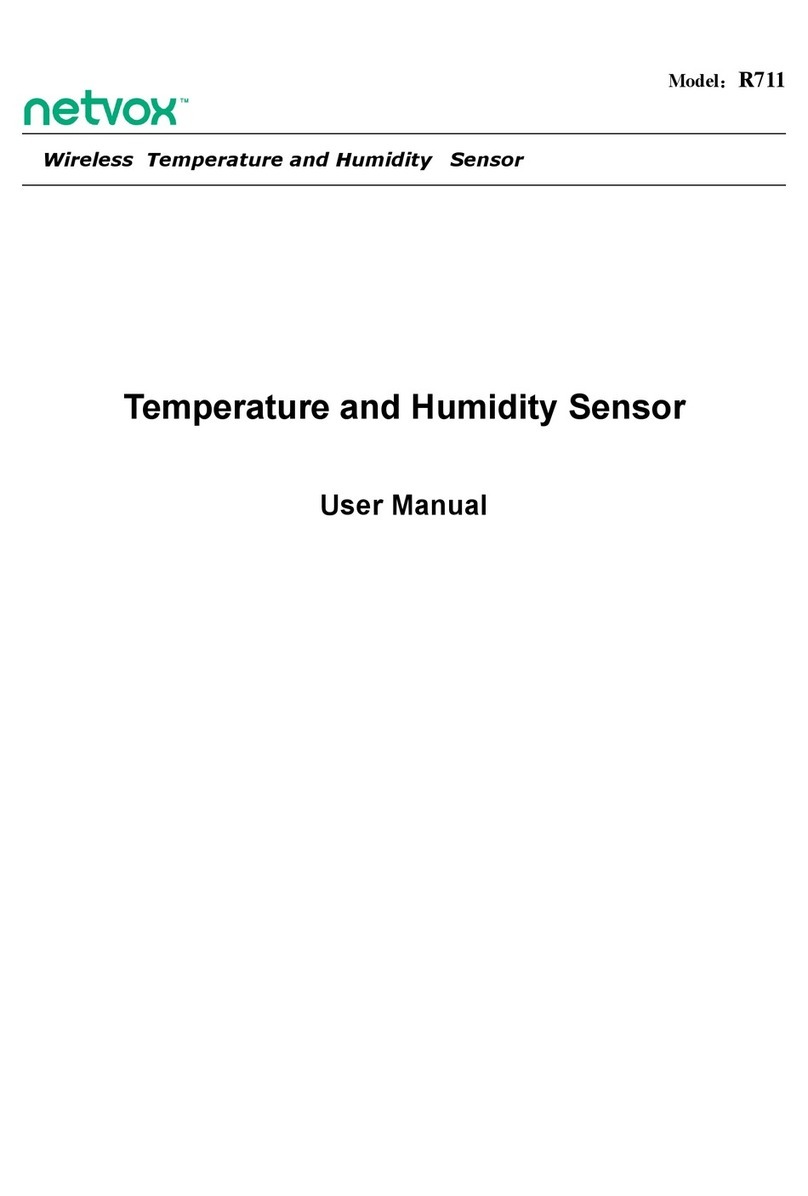
netvox
netvox R711 User manual
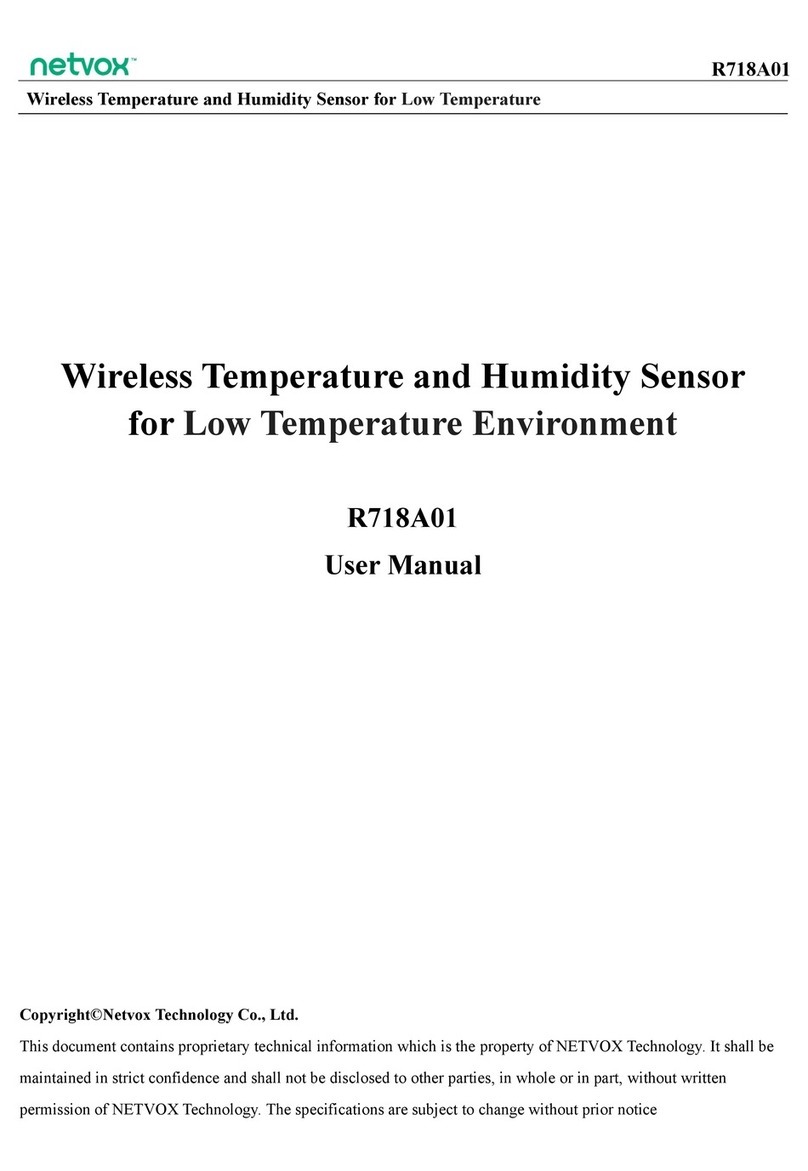
netvox
netvox R718A01 User manual
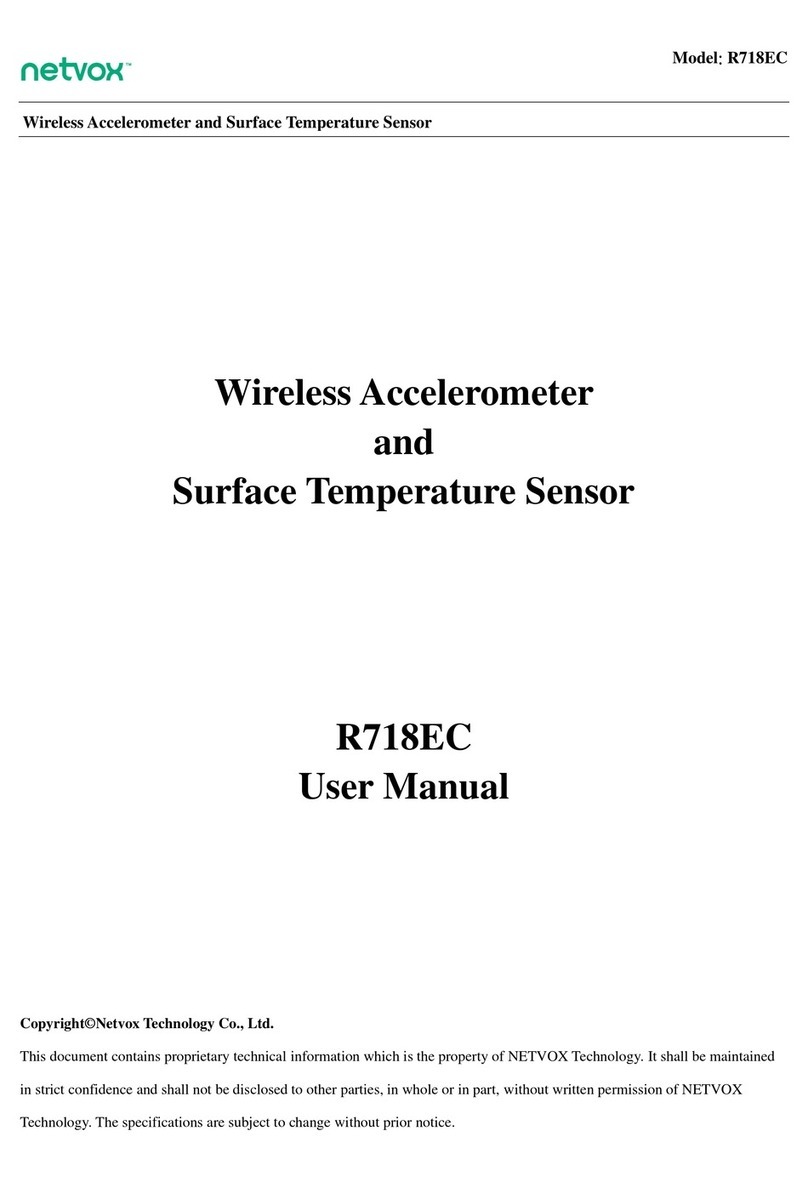
netvox
netvox R718EC User manual
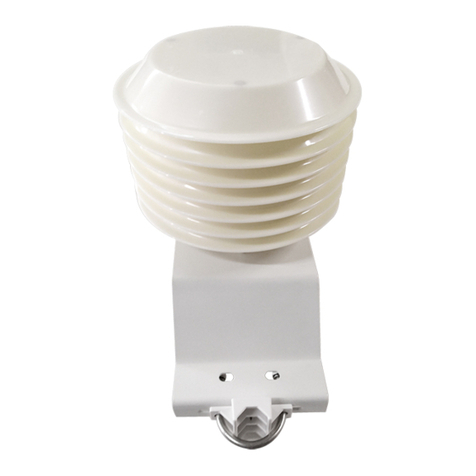
netvox
netvox RA0716 User manual
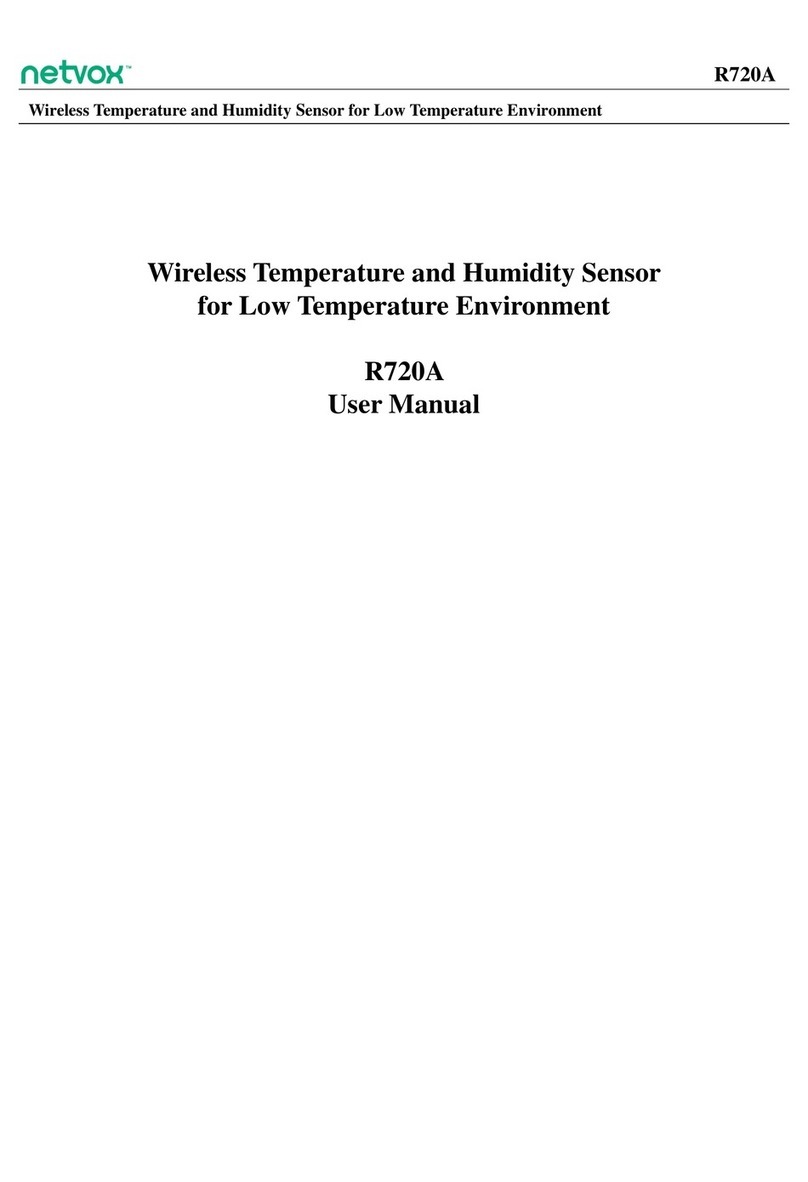
netvox
netvox R720A User manual

netvox
netvox R711A User manual

netvox
netvox R720C User manual
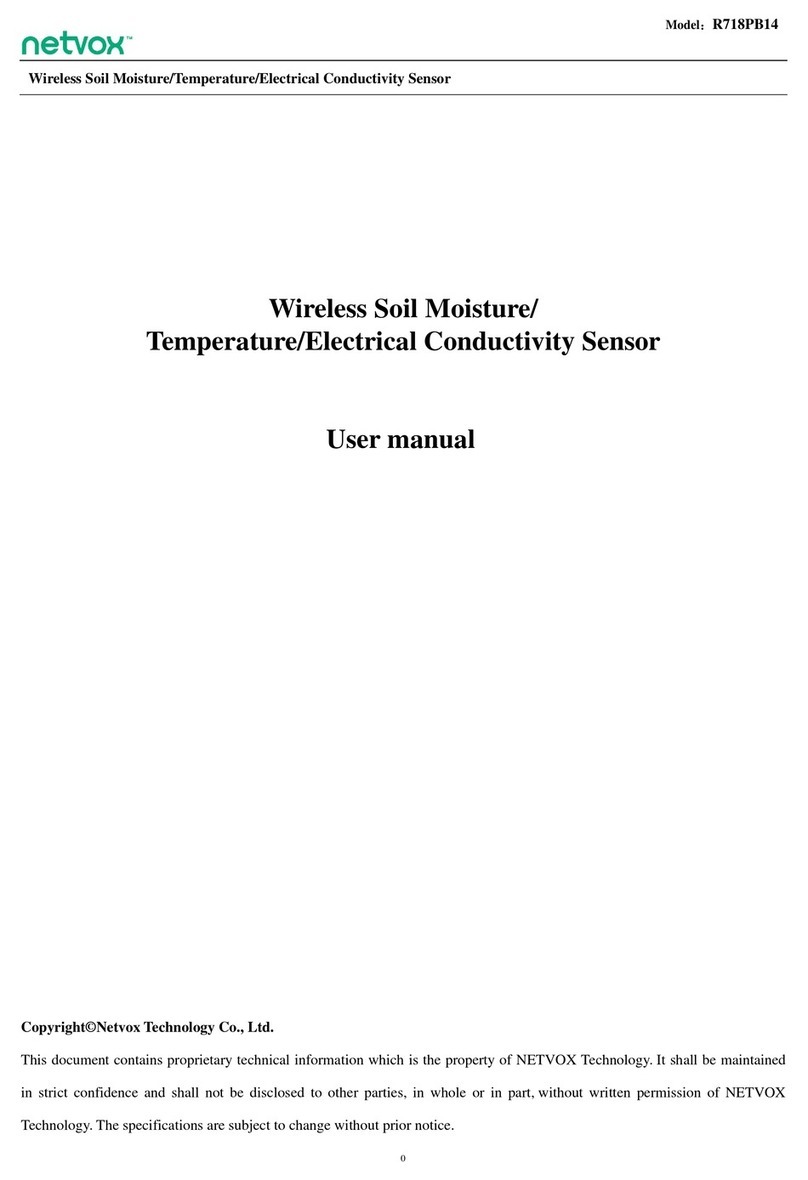
netvox
netvox R718PB14 User manual
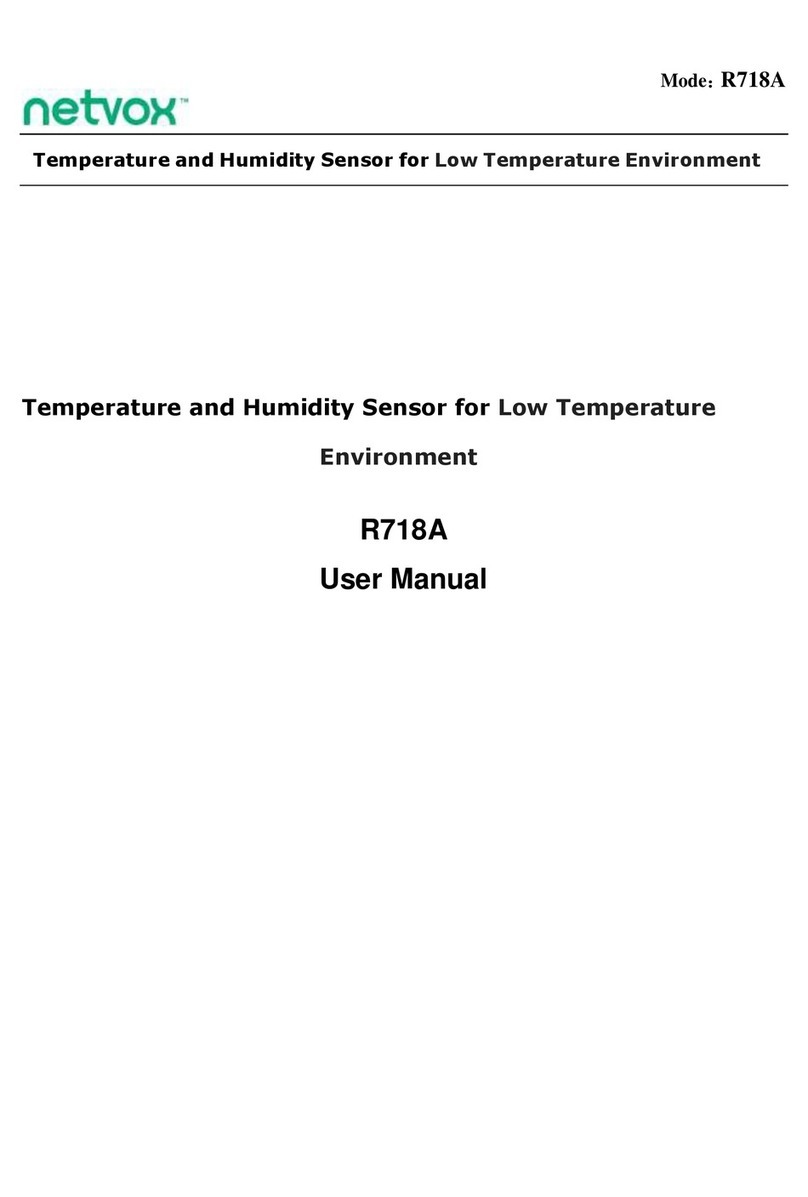
netvox
netvox R718A User manual
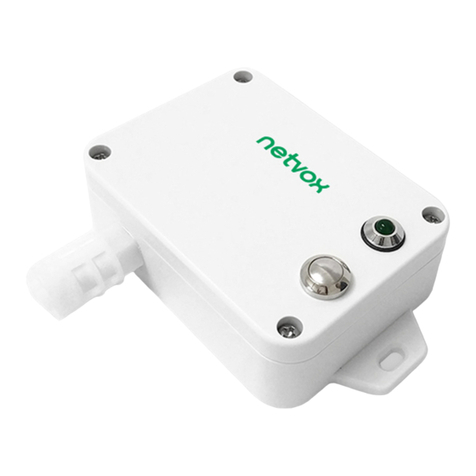
netvox
netvox R718A User manual
Popular Temperature Controllers manuals by other brands
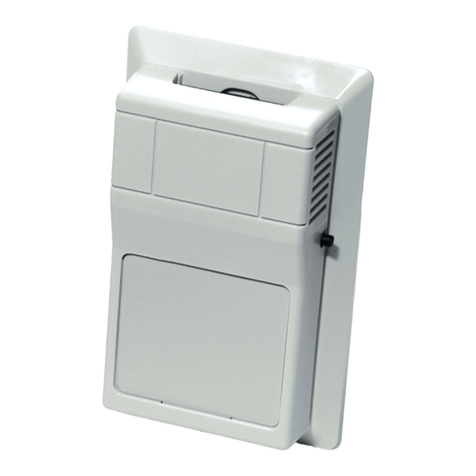
aci
aci ROOM Series Installation & operation instructions
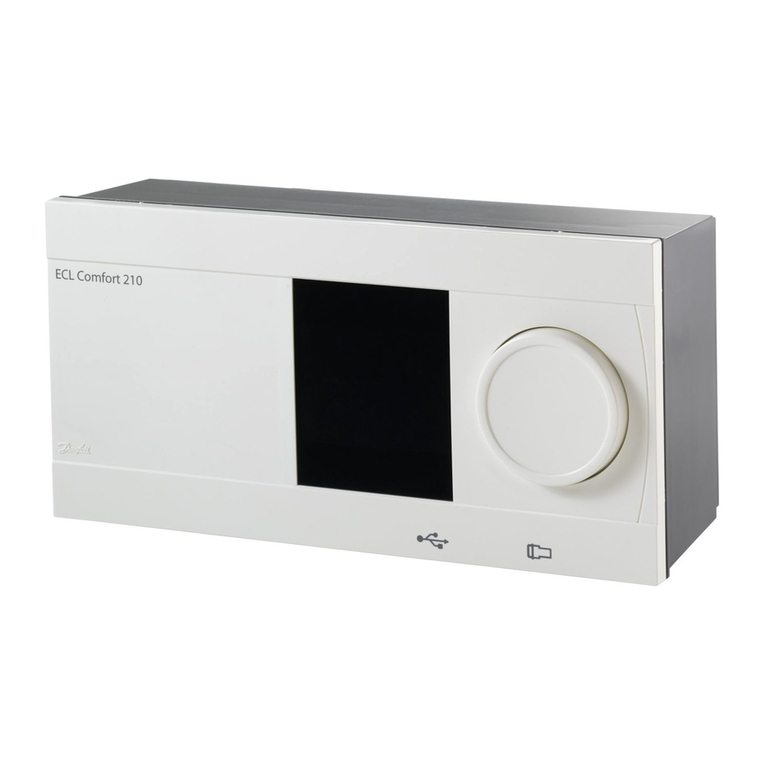
Danfoss
Danfoss ECL Comfort 210 installation guide
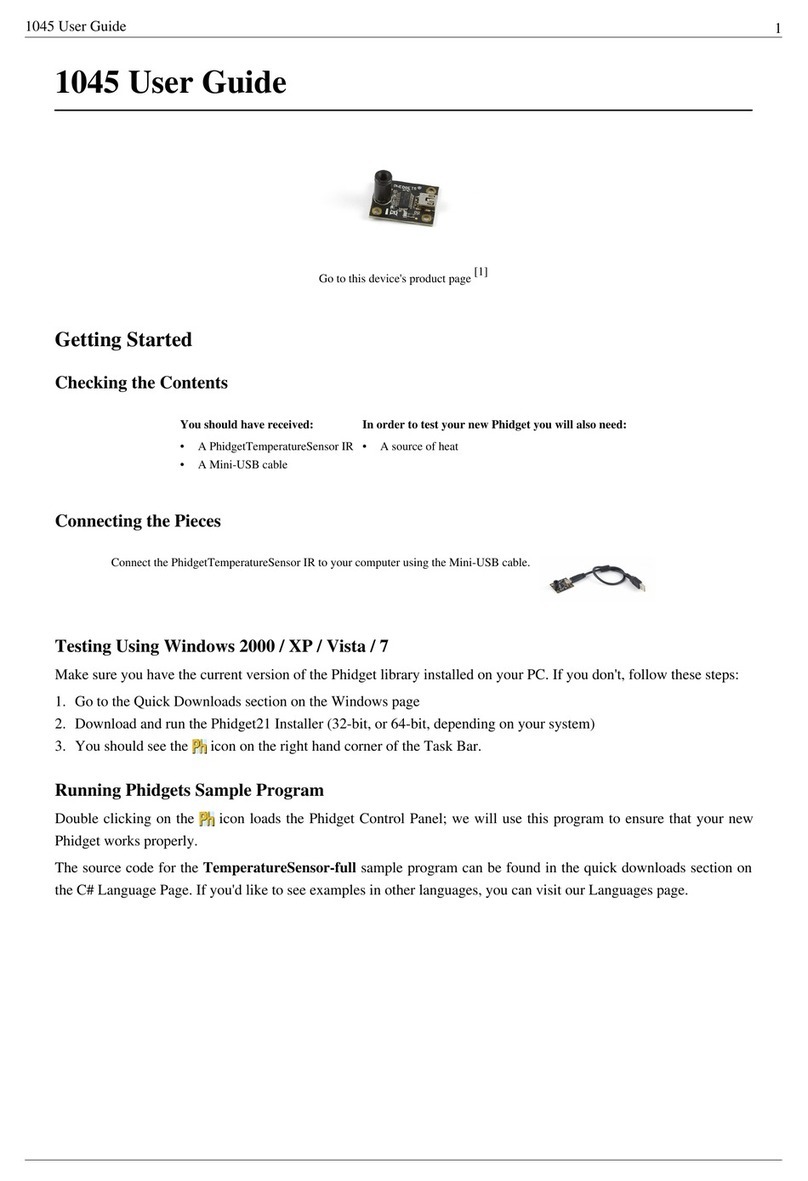
Phidgets
Phidgets 1045 user guide
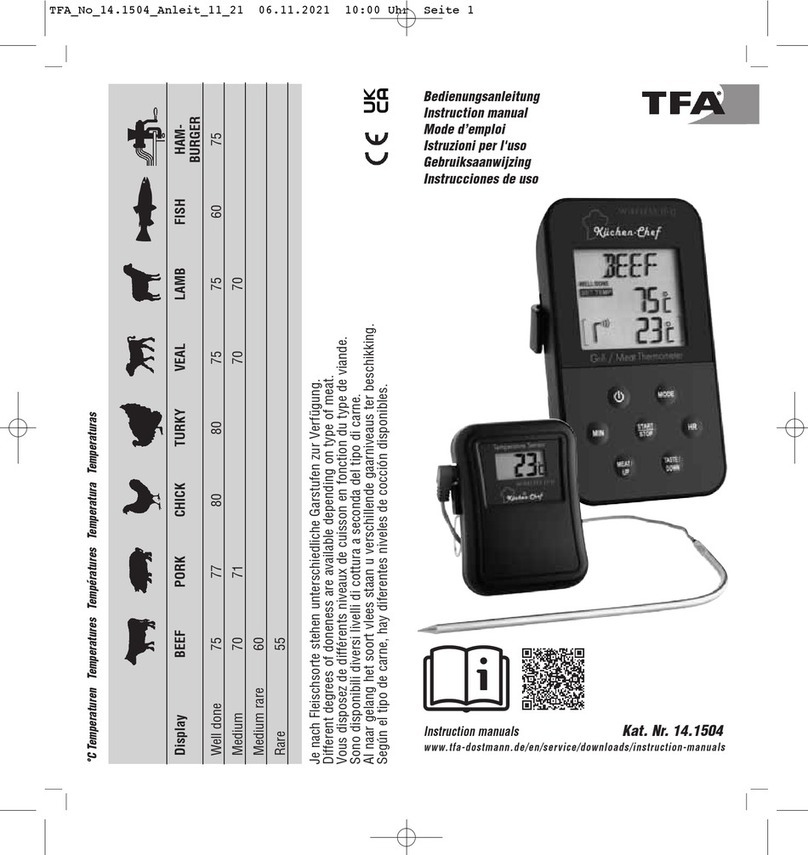
TFA
TFA 14.1504 instruction manual
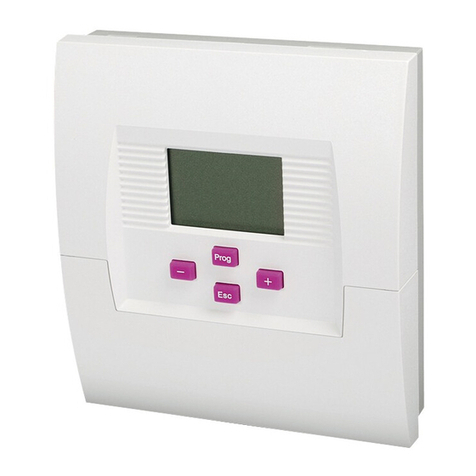
EbV elektronik
EbV elektronik CETA 100 operating manual

Thermo Technologies
Thermo Technologies USDT 2004 Installation and user guide
